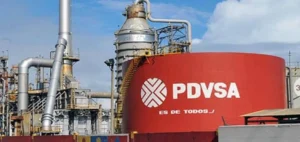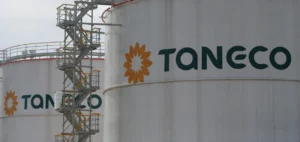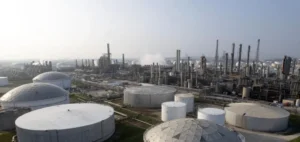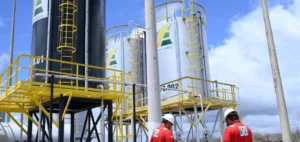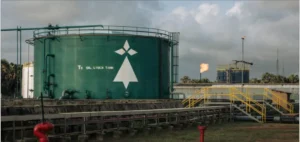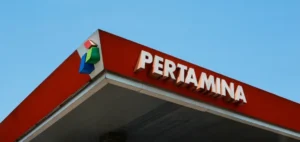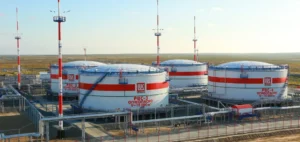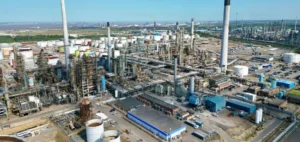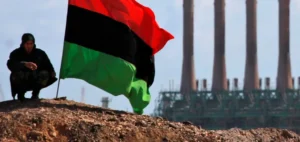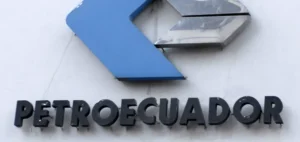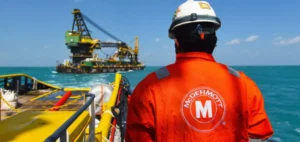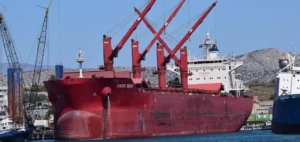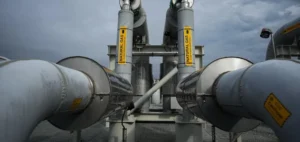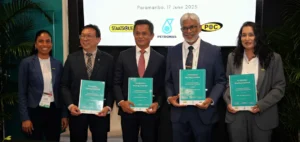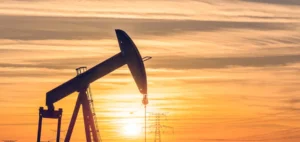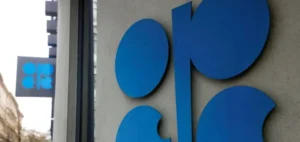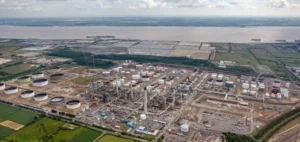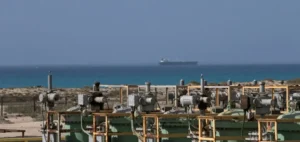Accustomed to some of the cheapest gasoline in Latin America, Colombian motorists are experiencing an unprecedented price increase since the phasing out of state subsidies that increased the public deficit and went against environmental promises. The price at the pump began to rise in October 2022, two months after the election of the country’s first leftist president, Gustavo Petro, and has now risen 28%, the largest increase in four years. On May 2, a gallon of gasoline (about 3.8 liters) cost 2.35 euros. Never before seen.
The State Fuel Stabilization Fund was created in 2007 to subsidize the cost of gasoline. It cost 3.8 billion euros to the public finances in 2022. To reduce this cost and pay off the total debt generated by the Fund, which amounts to more than 7 billion euros, Mr. Petro has chosen to eliminate subsidies, thereby mechanically increasing the price of gasoline. Continuing to subsidize gasoline would run counter to the government’s “sustainable” environmental policy, which calls for the suspension of oil and gas exploration projects. And the savings made should allow for investment in social issues, in the name of the “change” promised during his campaign.
But this blow to the wallet of the Colombian motorists is added to an inflation never seen since a century (13,34% in interannual). “Petro betrays the workers,” say some Internet users, according to AFP’s fact-checking service, which analyzed the disgruntled reactions shared on social networks. Others, on the other hand, point to the policies of former President Ivan Duque (2018-2022) “who left the Price Stabilization Fund with a deficit of 15 billion” pesos (2.9 billion euros).
A continuing deficit
Experts told AFP that this financial imbalance is due to the difference between the domestic price of gasoline, subsidized by the state, and its price on international markets. Colombia produces 80% of its fuel through its national company Ecopetrol, but buys fuel at international market prices. Buying cheaper from the national company would impact tax revenues and would not be a solution, according to hydrocarbon expert Sergio Cabrales: “it would be another form of subsidy. The situation worsened in 2022 with the end of the Covid-19 pandemic, leading to an increase in global fuel demand and the price of oil on international markets.
This was compounded by a reduction in supply as a result of the economic sanctions imposed on Russia after the invasion of Ukraine. In April 2022, the Colombian Autonomous Committee of Fiscal Regulation did recommend a domestic price increase, which the government of Ivan Duque did not follow before the elections, leaving it to his successor. In September 2022, before the first increase of the Petro government, the Minister of Mines and Energy, Irene Vélez revealed a deficit of about 3.24 billion euros accumulated since April 2022. Figures confirmed to AFP by the Minister of Finance of former President Duque, Jose Manuel Restrepo, in office from 2021 to 2022, indicating that his ministry has only made up the accumulated deficit until March 2022.
However, the increases in fuel prices decreed by Gustavo Petro are not only aimed at making up for this deficit left by his predecessor. In the long term, the aim is to gradually reduce the difference between domestic and international prices. But the current increase will not be enough, according to Julio César Vera, an expert in the regulation of the hydrocarbon sector. “To achieve parity with international prices, the price of a gallon of gasoline should be set at 15,500 pesos (3.10 euros),” he says. The government acknowledges that it wants to move towards this parity. The current and new Minister of Finance, Ricardo Bonilla, recently announced that the price of a gallon of gasoline will have to reach 3 euros. To the great displeasure of motorists. For the moment, the price of diesel, used in the transport of raw materials, has not been increased so as not to influence an already galloping inflation.


